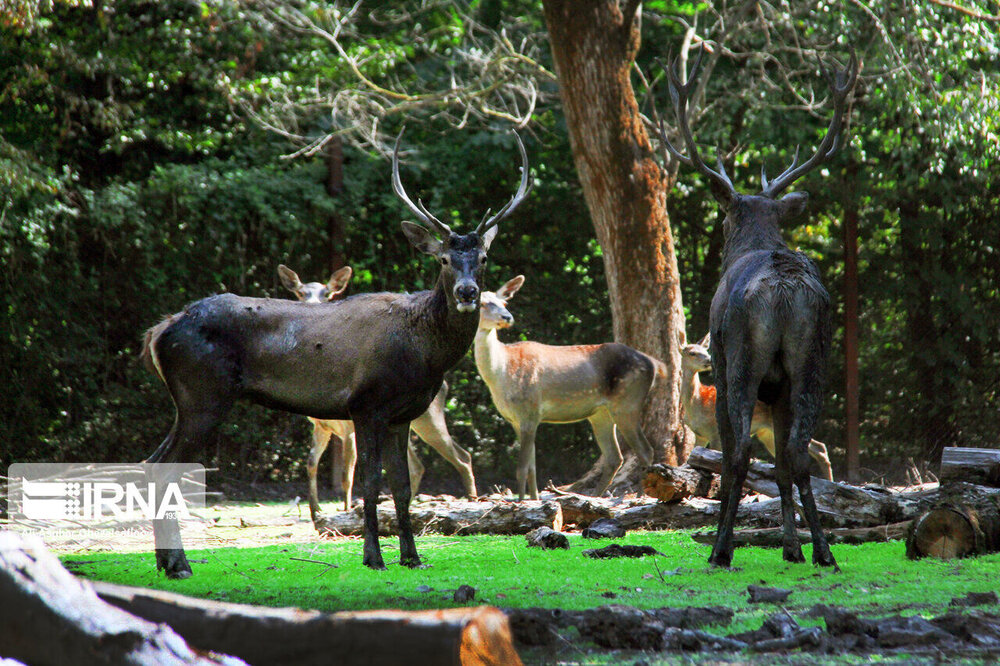Endangered red deer population expands in northeastern Iran

TEHRAN – While the Caspian red deer population in Iran has declined by over 80 percent during the past 4 decades, the species population once again reached up to 500 in northeastern Golestan National Park due to suitable climatic conditions and environmental enthusiasts, the Park’s director has said.
Climatic conditions and above normal rainfall this year along with coronavirus lock-downs that led to fewer tourists in the area have resulted in a growing wildlife reproduction, including the red deer in Golestan National Park, the oldest national park in Iran and a unique refuge for wildlife, Mehdi Teymouri explained.
As the largest native species of deer in Iran, the population faced an 80 percent decline in 2012; while in the late 1350s (falling between 1971-1981), 1,900 to 2,100 red deer lived in Golestan National Park, he noted, ISNA reported.
The red deer (Cervus elaphus) is one of the largest deer species, which inhabits most of Europe, the Caucasus Mountains region, Asia Minor, Iran, parts of western Asia, and central Asia.
The red deer is the largest species of deer in Iran and once has been found from the southern shores of the Caspian Sea to as far as North Khorasan province in the northeast, while now it is only inhabiting in part of Alborz mountain in protected areas.
Conservation efforts are made more difficult by the fact that the species gestation period is around 8.5 months and the female deer gives birth to one fawn at a time.
Illegal hunting and deforestation of the Caspian Hyrcanian Forests have caused a major drop in the population of the mammal, putting it at serious risk of extinction.
FB/
